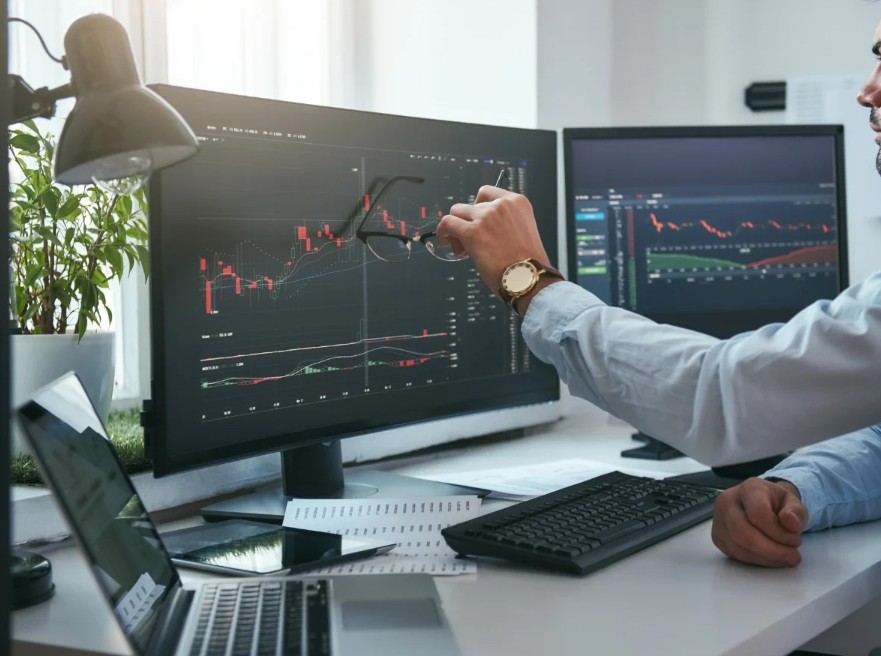

For most of its existence, the yield curve on US Treasuries — an upward-sloping line on a graph that describes the amount paid out by US government bonds — has been an extremely prosaic thing, of interest only to traders in financial markets. Very occasionally, however, it changes shape and when it does so it becomes of interest to everyone, because it is one of the things economists use to predict an impending recession.
The normal rule is that the investors who lend money to the US government (by buying the Treasury bonds) expect it to pay more to borrow for longer, just like a mortgage provider will typically offer a higher fixed rate on a ten-year mortgage than it will on a two-year mortgage. Very rarely, however, this rule will be flipped, as the near future becomes less predictable and so investors shy away from short-term debt — or gravitate to long-term debt — and the yield curve inverts.
That happened earlier this week, very briefly, for the first time since 2019.
On Tuesday (29 March) one of the most closely-watched yield curves, between two-year and ten-year Treasuries, inverted for a few moments. The amount that investors were asking the US government to pay in return for lending money to it over a ten-year period briefly fell below the amount they were asking of it to lend for two years, admittedly by a tiny amount: 0.03 basis points, a basis point being one hundredth of a percentage point. This brief, tiny change is nonetheless significant because it signifies investors’ confidence in the most consequential economic question: the ability of the world’s largest economy to pay its debts.
This particular yield curve (as opposed to the one between five-year and 30-year Treasuries, which has been inverted for some time) is also watched closely by economists because it has previously done a very good job of predicting recessions. One 2015 study found that 85 per cent of recessions over the past 158 years had happened after an inversion of the yield curve between two-year and ten-year Treasuries.
Other canaries are also chirping. The same study found that all but two of the 33 recessions since the late 1850s had happened after the Federal Reserve had hiked interest rates, and futures traders are predicting that over the next year the Fed will raise rates to 2.6 per cent, up from 0.33 per cent today, according to Reuters data. Meanwhile, economists at the US banking giant Wells Fargo have put the chances of a recession by the end of 2023 at about 30 per cent.
Content from our partners



Not everyone sees the inversion as a harbinger of economic doom, however. Adrian Lowery, an analyst at Bestinvest, points out that the inversion was “brief and narrow” and that the complex factors at play — the war in Ukraine, countries emerging from lockdown and high inflation — might be distorting the markets. “The usual rules might not apply,” he says. The question now is whether it will happen again, and for how long.








